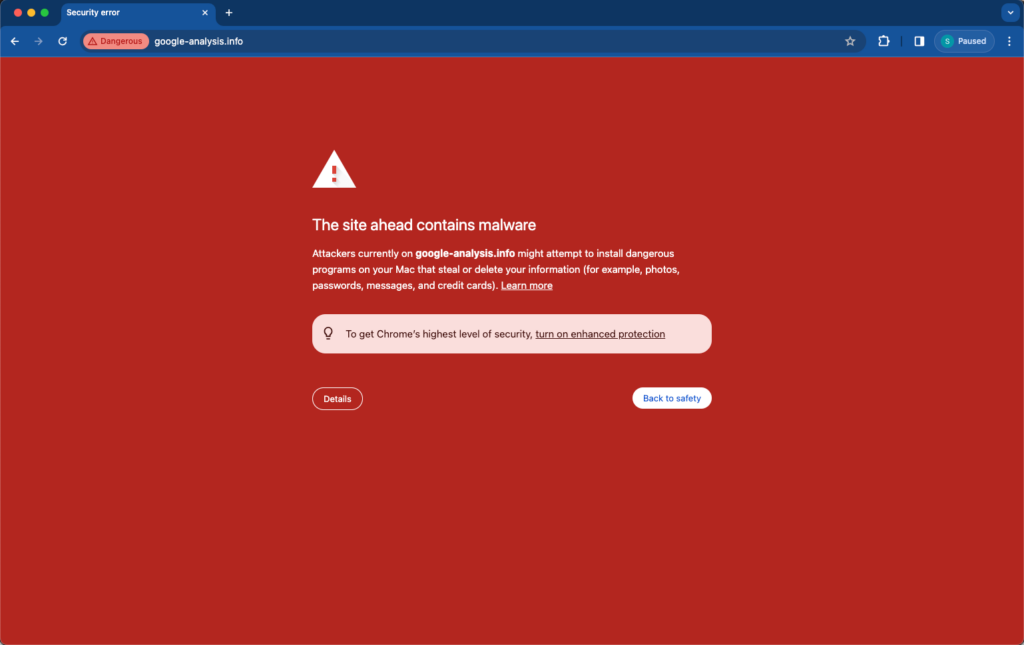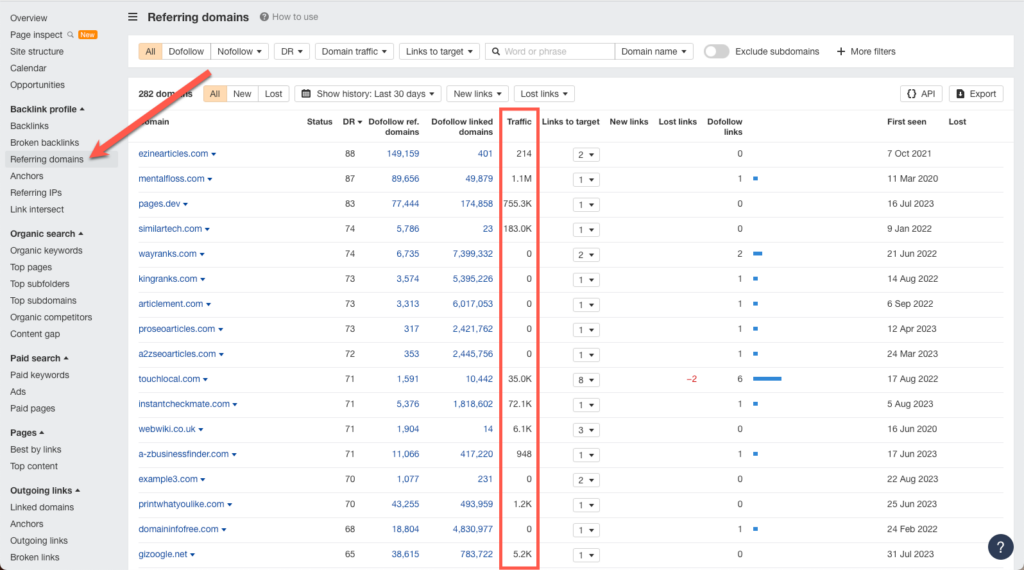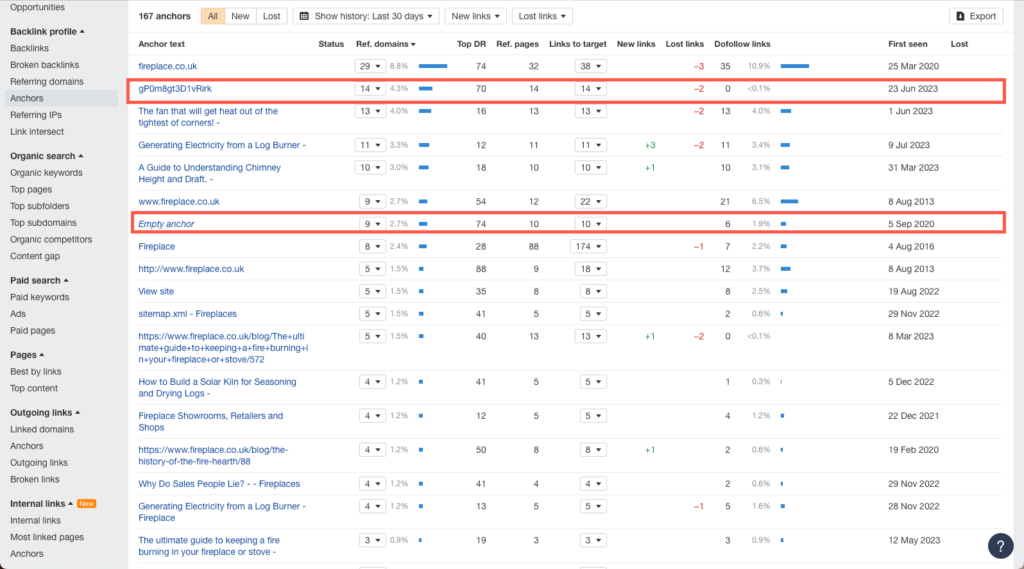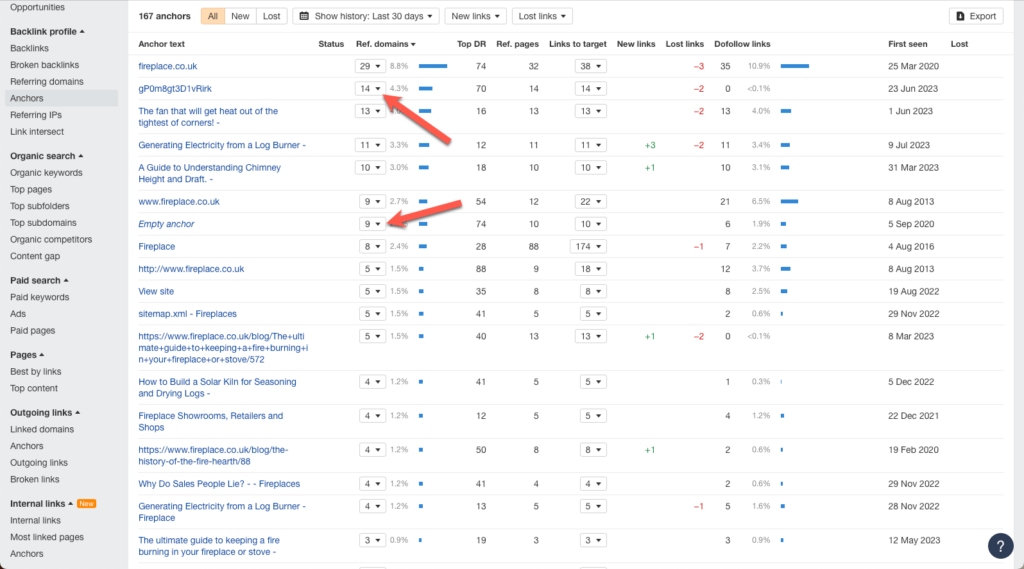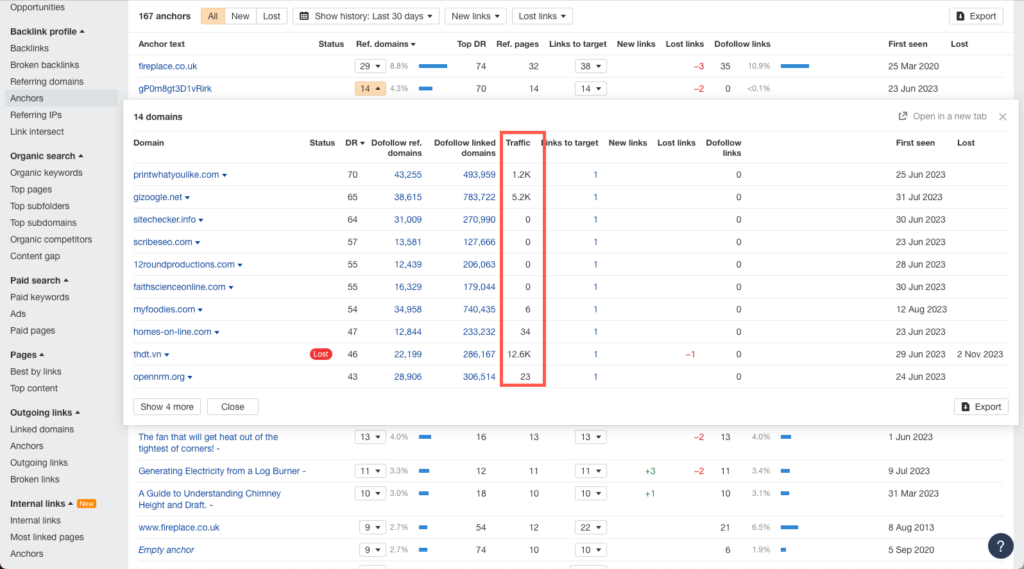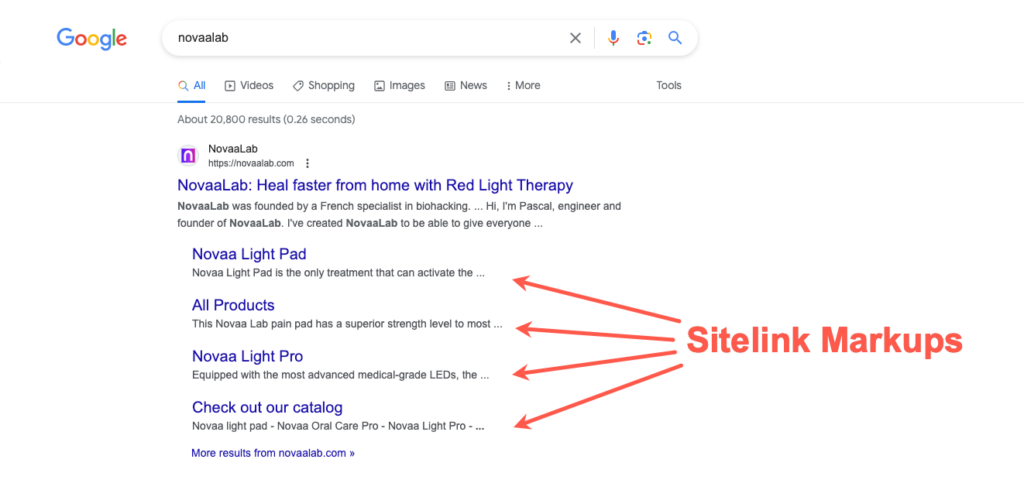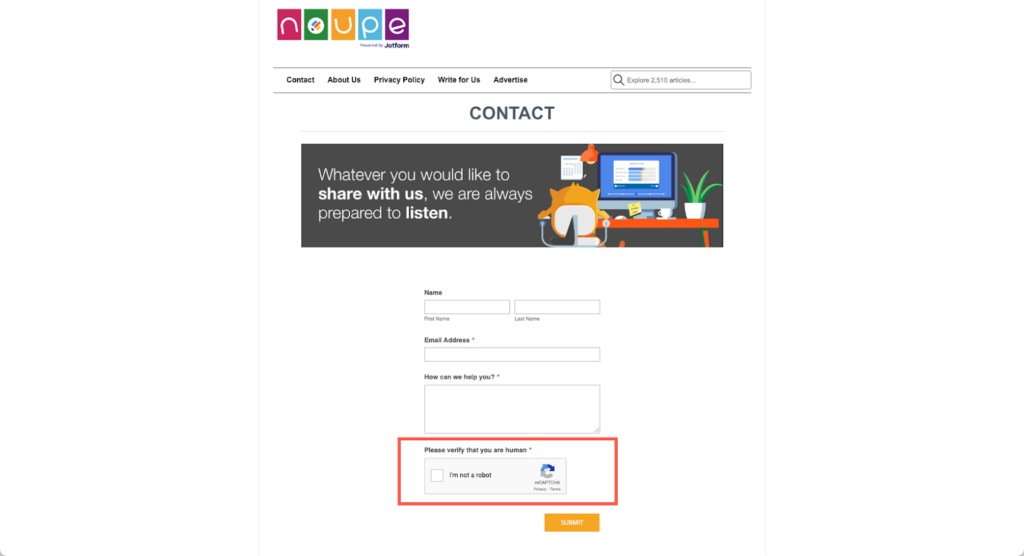
We are pretty sure that in the last couple of years, you have found yourself amazed at how quickly the world of design is evolving. It’s like every time we blink, there’s a new tool or technique that’s changing the game.
And right now, the biggest game-changer of all is AI – Artificial Intelligence. It’s not just a buzzword; it’s reshaping how we approach design in ways we never imagined.
Whether you’re sketching logos or coding websites, integrating AI into your work can elevate your designs from great to mind-blowing.
But where do you start? That’s the question we found asking not too long ago. Well, after diving into the world of online learning, we’ve surfaced with some treasures.
From beginners to those looking to add new skills, these resources are your gateway to becoming a part of this incredible AI-driven design revolution. So, let’s dive in and explore these tools that are just waiting to unleash your creative potential in ways!
As per the finding from a recent survey report on ‘How AI is Impacting the Design Industry in 2024?‘, clearly, AI is rapidly transforming design, bringing in new tools, techniques, and perspectives. Here’s what a senior designer at HDFC Bank has to say about the role of AI in design –
(source: AI in Design Report)
As we see, it is an exciting time for designers to embrace these changes. And speaking of embracing changes…Why Designers Should Learn AI?
Let’s talk about why it’s crucial for designers to get on board with AI.
Why Should Designers Learn AI?
Let us break down why it is super important for designers to jump into learning AI.
Staying Relevant in a Changing Industry
The design world is like a fast-moving train, and AI is its latest locomotive. If you’re a designer, learning AI is not just about adding a new skill; it’s about keeping up with the industry. Without it, you risk falling behind while others embrace these new technologies.
Enhancing Creativity and Innovation
AI opens up whole new possibilities in design. It’s like being handed a new set of colors you never knew existed. With AI, you can explore design options that might not occur in a traditional process, pushing your creative boundaries.
Improving Efficiency and Productivity
What if you could reduce the time spent on repetitive tasks, allowing you to concentrate more on the creative aspects of your work? AI has the power to automate certain parts of the design process, such as resizing images or generating color schemes, freeing you up for more exciting and innovative tasks.
Data-Driven Design Solutions
Design decisions need to be backed by data, In today’s world. AI helps you understand user behaviors and preferences, allowing you to create designs that are not just aesthetically pleasing but also highly functional and user-centric.
Better Problem-Solving Skills
AI in design isn’t just about making things look good; it’s also about solving problems in smarter ways. By understanding AI, you get better at identifying and addressing the challenges in your design projects, making your solutions more effective and impactful.
Career Growth and Opportunities
As AI becomes more prevalent, the demand for designers who understand and can work with AI is skyrocketing. By learning AI, you’re not just enhancing your current skill set; you’re opening doors to new career opportunities.
learning AI is no longer a nice-to-have for designers; it’s a must-have. It’s about staying relevant, being more creative, and efficient, and opening up new career paths. And the best part? There are plenty of resources out there to get you started.
Meanwhile, the results from the AI in Design survey report suggest these top skills –
Now that we’ve talked about why it’s essential for designers to learn AI and the important skills around AI in the design world, let’s look at where you can actually start learning.
Top 5 Online Resources to Learn AI for Design
Embracing AI can be a game-changer, and the best way to start is through education. There are plenty of courses available but below is a compiled list of the top online resources, each tailored to different facets of design. Let us now go through the first course.
AI for Everyone
This course is perfect if you are just stepping into the world of AI. Taught by Andrew Ng, a big name in the AI field, it breaks down complex concepts into digestible chunks.
You won’t be coding here, but you’ll gain a solid understanding of what AI can (and can’t) do, which is crucial for applying it to design.
Enrolment: Free
Difficulty Level: Beginner
Pros
- Covers AI basics applicable across various industries, including design.
Cons
- More general in AI concepts, with less focus on specific design applications.
Course link: Coursera – AI for Everyone
AI for Graphic Designers
Now, this is where things get more specific to design. This course is a gem for graphic designers eager to explore AI.
It covers how AI tools can enhance graphic design work, from automating tasks to creating more personalized designs. It is a practical course that gets you hands-on with AI in your field.
Enrolment: Varies; Udemy frequently offers discounts.
Difficulty Level: Intermediate
Pros:
- Tailored specifically for graphic designers, practical applications.
Cons:
- We couldn’t really find any cons
Course link: AI for Graphic Designers
Product Design in AI
It is a specialized course designed for professionals and enthusiasts interested in blending the innovation of artificial intelligence with product design. This course typically offers a comprehensive dive into how AI can be utilised to enhance and streamline the product design process, exploring creative AI applications for innovative product solutions.
Ideal for designers looking to expand their skill set or anyone curious about the intersection of AI and design, this course aims to equip learners with the knowledge and skills to push the boundaries of traditional product design using AI technology.
Enrolment: Access through LinkedIn Learning subscription.
Difficulty Level: Intermediate
Pros:
- Practical focus, typically with real-world examples.
- Usually includes lifetime access to course materials.
Cons:
- Might require some basic understanding of both product design principles and AI fundamentals.
Course link: Product Design in AI
AI for Designers
This course is likely designed to introduce designers to the fundamentals of Artificial Intelligence (AI) and how it can be applied in various design fields, such as UX/UI, product design, and more.
It is probably aimed at design professionals and enthusiasts who want to integrate AI into their design practices, as well as those curious about the potential of AI in enhancing user experiences.
Enrolment: IxDF usually operates on a membership model, providing access to all courses for a subscription fee.
Difficulty Level: Beginner
Pros:
- Practical insights into incorporating AI into design projects.
Cons:
- Again, some courses are just perfectly crafted. At least, we couldn’t find any cons.
Course link: AI for Designers
Using AI in the UX Design Process
Using AI in the UX Design Process” on LinkedIn Learning is a course tailored for UX designers interested in integrating Artificial Intelligence into their design workflows.
This course likely dives into how AI can be leveraged to enhance user experience design, covering topics such as utilizing AI for user research, automating repetitive tasks, and creating more personalized user experiences.
Enrolment: Free
Difficulty Level: Beginner
Pros:
- Insights into AI in the UX Design Process
Cons:
- It covers the basics of AI and how it can be used to improve the design and development of digital products.
Course link: Using AI in the UX Design Process
Each of these courses offers a unique perspective on AI in design, catering to different aspects of the field. So whether you’re a graphic designer, a web developer, or a product designer, there’s something here for you.
Remember, when choosing a course, consider your current skill level, specific learning needs, and how the course content aligns with your goals in AI and design.
Now that you are armed with resources/ courses around AI in Design, let’s talk about how you can start implementing AI in your design work. The next section of the blog will focus on practical tips and strategies to integrate AI into your design projects.
5 Ways to Integrate AI into Your Design Process
Here are some key areas where AI can make a big difference, along with some real-time tools you can use.
- Automating Repetitive Tasks
One of the biggest perks of AI is taking the grunt work off your plate. Tools like Adobe Sensei are revolutionizing the way designers work by automating time-consuming tasks like cropping images or creating patterns.
It’s like having a personal assistant who knows exactly what you need and does it in a fraction of the time.
- Data-Driven Design Decisions
AI can analyze user data to inform design choices, making your work not just beautiful, but smart. For example, Google Analytics offers insights into how users interact with your website.
This data can be invaluable in understanding what works and what doesn’t, helping you make designs that are both aesthetically pleasing and functionally effective.
- Enhanced User Experience
Tools like ChatGPT (from OpenAI) can be integrated into your designs to provide real-time, AI-powered user assistance.
Just imagine having a website that not only looks good but can interact with visitors, answer their questions, and guide them through your site. It’s like adding a new level of interactivity to your designs.
- Personalization
AI can help tailor the user experience to individual preferences. Dynamic Yield, for instance, is a tool that allows you to personalize websites based on user behavior.
This means your design can adapt to show users more of what they like, making their experience feel more personal and engaging.
- Prototyping and Testing
Lastly, AI can streamline the prototyping and testing phases of design. Look at Adobe XD’s auto-animate feature, which allows you to create and test interactive prototypes quickly. It means less time building and more time refining and perfecting your designs.
By integrating these AI tools and techniques into your workflow, you can enhance efficiency, creativity, and the overall effectiveness of your design projects.
Featured image by Tim Mossholder on Unsplash
The post Learn AI for Design: 5 Online Resources appeared first on noupe.



